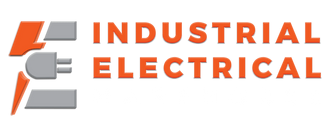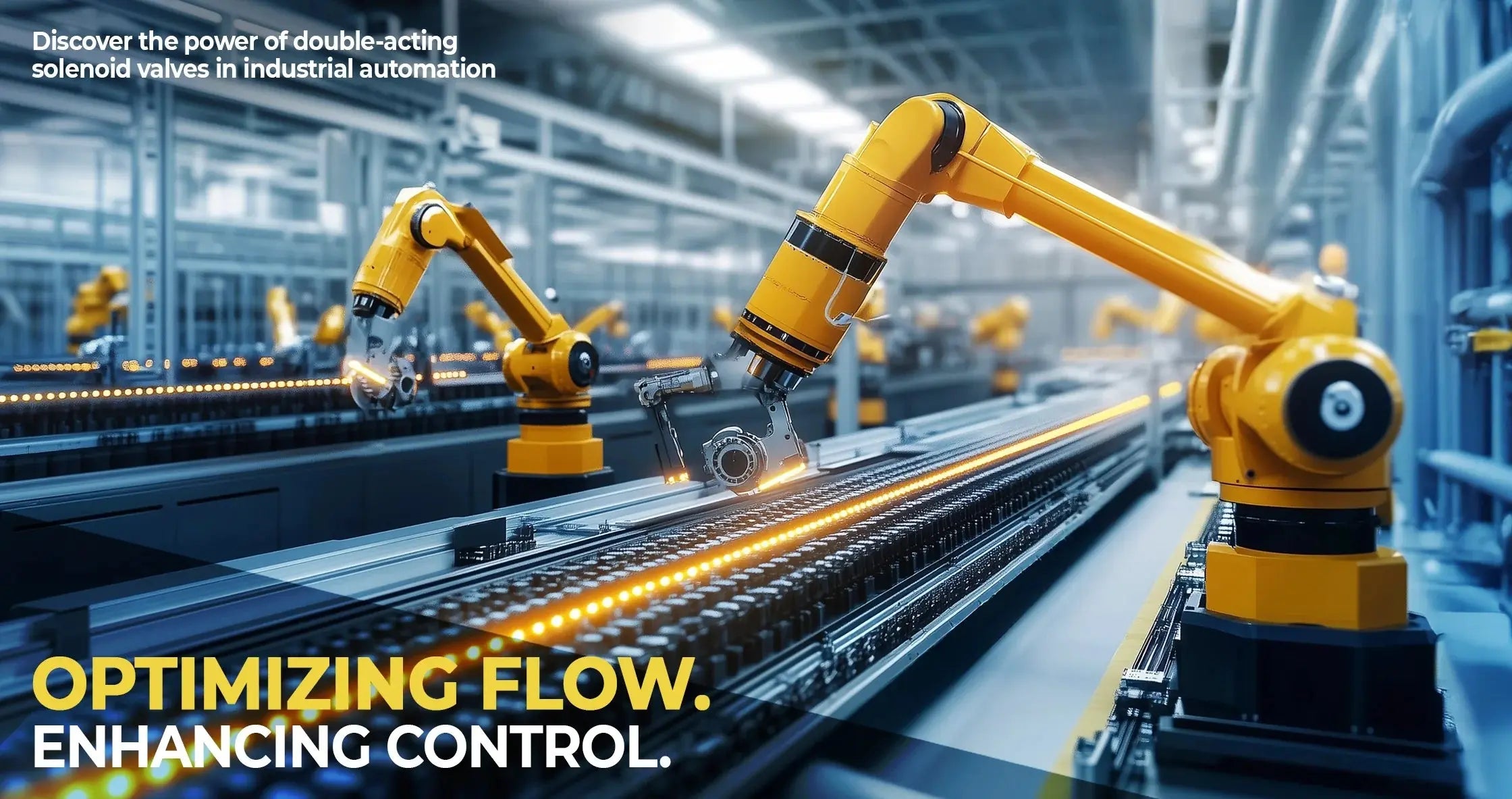Double-acting solenoid valves are vital components in industrial automation. They enable controlled fluid flow in various applications, ensuring efficiency and precision. Understanding how these valves work and their benefits can help optimize performance in manufacturing and other industrial settings.
What Are Double-Acting Solenoid Valves?
Definition and Mechanism
A double-acting solenoid valve is an electromechanical device that uses electrical energy to control flow in two directions, allowing for bidirectional operation. Unlike single-acting valves that operate in only one direction, double-acting solenoids can both extend and retract. This design is crucial for applications requiring precise control and reliability.
Components of Double-Acting Solenoid Valves
These valves consist of several key components, including the solenoid coil, plunger, valve body, and spring. When energized, the coil generates a magnetic field that moves the plunger. This movement opens or closes the valve, thereby controlling the flow of liquids or gases. High-quality assembly and materials are essential for durability and performance.
Applications of Double-Acting Solenoid Valves
Industrial Automation
Double-acting solenoid valves are widely used in industrial automation processes. They facilitate smooth operations in assembly lines, robotics, and packaging by controlling pneumatic actuators. Their quick response time and reliability enhance overall productivity, making them invaluable to manufacturing.
Fluid Control in Different Industries
Beyond manufacturing, these valves have applications in the automotive, aerospace, and medical industries. For instance, they regulate fuel flow in automotive engines and control hydraulic systems in aerospace equipment. This versatility demonstrates their critical role in various sectors, optimizing fluid control.
Benefits of Using Double-Acting Solenoid Valves
Efficiency and Precision
One of the primary advantages of double-acting solenoid valves is their efficiency in controlling flow. They provide precise control, which minimizes wastage of fluids and energy. This precision is particularly significant in processes that require accurate fluid measurements, resulting in cost savings and improved sustainability.
Reduced Maintenance and Longer Lifespan
Double-acting valves have fewer moving parts compared to mechanical valves, reducing wear and tear. This design minimizes the need for frequent maintenance, allowing for prolonged operation without significant downtime. Additionally, choosing high-quality solenoid valves can further enhance their lifespan, contributing to lower replacement costs.
Common Issues and Troubleshooting
Common Problems
Like any mechanical device, double-acting solenoid valves can encounter issues. Common problems include solenoid burnout, leakage, and inadequate sealing. These issues can affect the operation of the entire system if not addressed promptly.
Troubleshooting Tips
To troubleshoot, inspect electrical connections and ensure proper voltage is supplied to the solenoid. Look for signs of wear or damage in the valve assembly, and replace any faulty components. Regular maintenance checks can identify potential issues before they lead to significant problems, ensuring smooth operation.
Best Practices for Selecting Double-Acting Solenoid Valves
Choosing the Right Valve
When selecting a double-acting solenoid valve, consider factors like flow rate, pressure rating, and operating conditions. Understanding the specific requirements of your application is crucial for selecting the appropriate valve. Additionally, opt for valves from reputable manufacturers to ensure quality and performance.
Installation and Maintenance
Proper installation is essential for maximizing the performance of double-acting solenoid valves. Follow manufacturer guidelines during installation to avoid common pitfalls. Regular maintenance, including cleaning and checking for wear, will help sustain optimal functionality and extend the valve's service life.
Conclusion
Double-acting solenoid valves play a critical role in enhancing automation processes across various industries. They offer precision, efficiency, and reliability, making them an integral part of fluid control systems. By understanding their operation and applications, users can maximize performance and reduce operational costs. For optimal results, consider integrating high-quality options like the Festo Solenoid Valve Double-Acting 50mm MTH-5/2-7.0-L-S-VI into your systems.

Frequently Asked Questions (FAQ)
1. What is the difference between single-acting and double-acting solenoid valves?
Single-acting solenoid valves operate in one direction, while double-acting valves allow for bidirectional flow, significantly enhancing control and efficiency.
2. How can I ensure my double-acting solenoid valve lasts longer?
Regular maintenance, proper installation, and choosing high-quality components can extend the lifespan of your double-acting solenoid valve.
3. In what industries are double-acting solenoid valves commonly used?
They are utilized in various industries, including manufacturing, automotive, aerospace, and medical, for applications requiring precise fluid control.
4. What should I do if my solenoid valve is leaking?
If leakage occurs, check the seals and connections for wear or damage and replace any faulty components to restore functionality.

